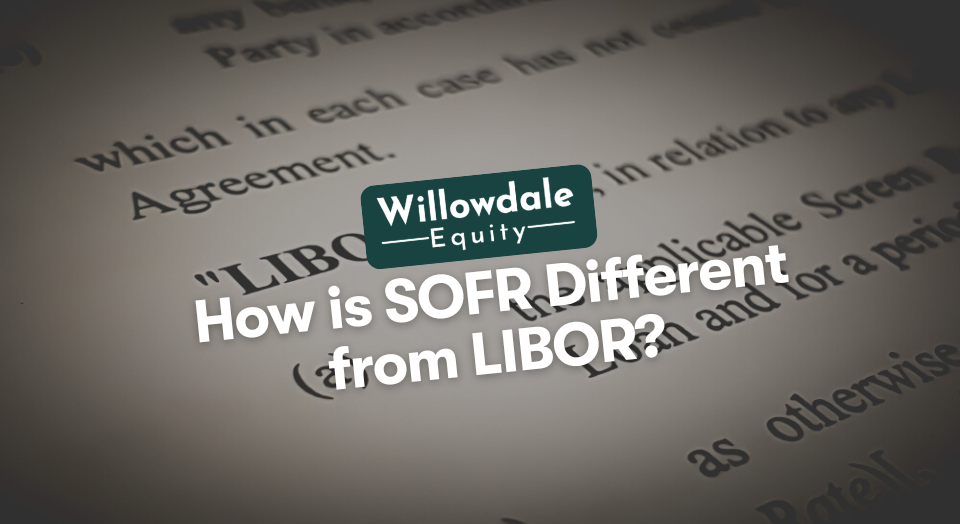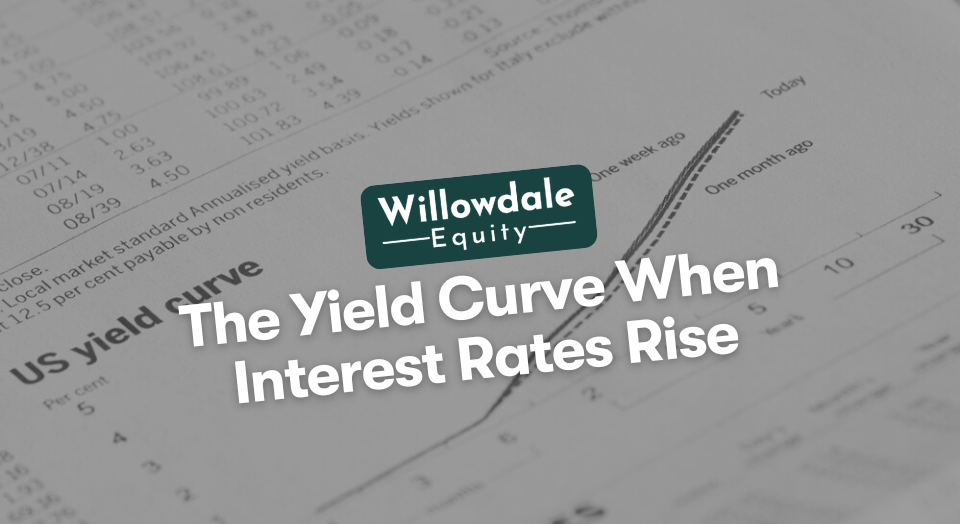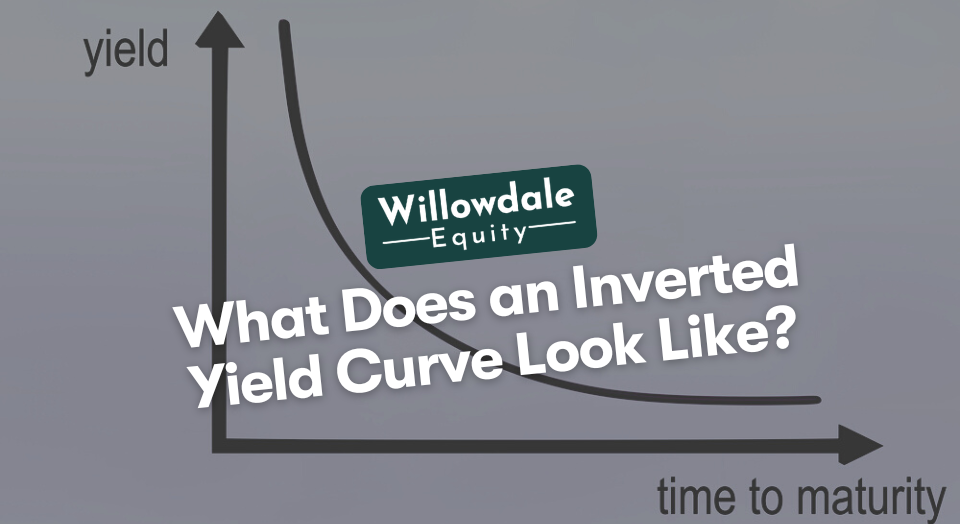
How is SOFR Different from LIBOR?: The Key Differences To Note
This article is part of our guide on fannie mae and non-recourse loans in multifamily, available here.
For years, LIBOR has been a financial standard that, for over 50 years, was the benchmark rate for mortgages and other loans. However, in June 2023, this rate was replaced by SOFR. There are many differences between the two rates, and there are valid reasons that LIBOR is being replaced. The negative impact on the financial industry and its different financial products was such that a change was necessary. The ICE Benchmark Administration stopped using LIBOR in a financial system damaged by market participants’ manipulation.
This article will cover the key differences between SOFR (Secured Overnight Financing Rate) and LIBOR (London Interbank Offered Rate) and how the two affect financing loans and mortgages.
Key Takeaways
-
SOFR is a benchmark interest rate for dollar-denominated derivatives.
-
SOFR is based on actual transactions and not an estimate of where interest rates may be in the future. Since SOFR derivatives markets are based on collateral, SOFR has a credit risk premium.
-
SOFR (Secured Overnight Financing Rate) is a backward-looking rate. It will completely replace LIBOR due to the unpredictability of trading that may or may not occur between banks.
How is SOFR Different from LIBOR?
The critical difference between SOFR and LIBOR is that SOFR is a backward-looking secured rate. At the same time, LIBOR is based on an unsecured view of movements that may or may not occur during trading between banks overnight in London, one week, one month, two months, three months, six months, and one year in the future.
SOFR was created by the Alternative Reference Rate Committee so that changes in the rate are based on transactions that have already occurred. SOFR is a benchmark interest rate for dollar-denominated derivatives. The LIBOR transition to SOFR was completed by June 2023. SOFR measures the costs of borrowing cash overnight collateralized by treasury securities. It was strongly recommended that institutions no longer use LIBOR as a reference rate and ensure that existing contracts have robust fallback language.
Hence, traders, managers, and asset managers understand that SOFR is a defined alternative reference rate. Another difference between LIBOR and SOFR is that the latter is based on actual transactions and not an estimate of where interest rates may be in the future. Since SOFR derivatives markets are based on collateral, SOFR has a credit risk premium.
- USD LIBOR is an unsecured rate
- SOFR is a secured rate
- LIBOR does not have collateral during trading
- SOFR is expected to fall during market insecurity
- SOFR is based on demand for US Treasury securities
- SOFR has a higher spread than LIBOR
Related Read: Why is SOFR more Volatile than LIBOR?
Historical Data of the LIBOR

LIBOR was initially introduced as a benchmark rate in the 1970s. The transactions in the 1970s and 1980s were active trades in different market instruments, like interest rate swaps, foreign currency options, and forward rate agreements. These swaps and contracts occurred between 223 members and 37 firms as of 2008. The financial contracts as of 2021 were worth $250 trillion. This panel is comprised of the following panel banks:
- Bank of America
- Bank of Tokyo-Mitsubishi UFJ
- Barclays Bank
- Citibank NA
- Credit Agricole CIB
- Credit Suisse
- Deutsche Bank
- HSBC
- JP Morgan Chase
- Lloyds Banking Group
- Rabobank
- Royal Bank of Canada
- Société Générale
- Sumitomo Mitsui Banking Corporation Europe Ltd
- Norinchukin Bank
- Royal Bank of Scotland
- UBS AG
In the wake of the financial crisis in 2007 and the harmful effects of mortgage loans that were possibly loaded with negative amortization, many borrowers complained about the unpredictable swings in their mortgage payments. The US had no regulatory power over foreign financial institutions, so these swings caused many borrowers to default and find themselves in foreclosure.
The Fraud
The unpredictable nature of loans tied to this particular benchmark caused personal finance issues, consumer loans to adjust wildly, and most importantly, adjustable rate mortgages. In 2012, a major scandal occurred with LIBOR in that significant fraud was committed by Barclays Bank.
LIBOR rates were manipulated to such a degree the UK Financial Conduct Authority investigated how and why LIBOR settings were rife with fraud. They colluded with other member banks connected to rate submissions and interbank loans were not taking place.
The UK Serious Fraud Office charged thirteen traders during the investigation. In 2017 financial authorities began crafting alternative benchmark rates instead of LIBOR. The estimated cost in US Dollars was $73,518,000. The US Department of Justice opened its investigation into the scandal. When it was discovered that multiple banks were involved and part of the fraud, it was determined that LIBOR needed to be replaced to avoid another similar scandal. It is estimated that Fannie Mae and Freddie Mac lost more than 3 billion dollars because of the fraud and manipulation.
It was announced in 2021 that SOFR would replace LIBOR, and as of June 2023, LIBOR will no longer be used to determine adjustable-rate mortgage rates for consumers in the US.
Is SOFR Backward Looking?

SOFR (Secured Overnight Financing Rate) is a backward-looking rate. It will completely replace LIBOR due to the unpredictability of trading that may or may not occur between banks. SOFR is based on trades that have already occurred in the funding conditions of the overnight Treasury repo market. There is no unpredictability; therefore, providing par rates to mortgage companies and other lenders is much safer.
SOFR also measures the economic costs of lending between broker-dealers, money market funds, asset managers, insurance companies, securities lenders, and pension funds. Because of the inherent stability, consumers will enjoy a mortgage or other loans that do not fluctuate as widely as LIBOR because it is determined by calculating overnight average rates from which major global banks borrow from one another. The Federal Reserve Board will monitor the moves this risk-free rate makes.
SOFR is preferred over LIBOR because of regulatory control and inherent stability with SOFR. SOFR includes all trades collateralized by Treasury securities. LIBOR is based on exchanges between banks in London, UK. The US government has no regulatory control over LIBOR, and the swings in this rate are unpredictable. Like loans tied to the Cost of Funds Index, Cost of Savings Index, and the Cost of Deposit Index, mortgages and other loans tied to LIBOR, were ultimately harmful to many of the borrowing public.
Negative Amortization
These loans all had the possibility of negative amortization. Negative amortization means that if your loan started with a balance of $100,00 and you made interest only or minimum payments, your balance owed would grow, month in and month out instead of getting smaller.
SOFR yields are higher because the trading is 1,500 times that of LIBOR. It reflects much more accurately on borrowing and lending money costs than LIBOR. In 2012 when banks were rigging these rates, and it came to the attention of US banking and treasury officials, many banks were fined, and the yields were altered within LIBOR. The result was a change within the lending community. LIBOR is based on estimates of borrowing costs, while SOFR is based on transactions that have already occurred.
Frequently Asked Questions About How LIBOR is Different from SOFR
SOFR is both fixed and floating. The floating part of the rate is the compound average of overnight rates compounded over the interest period. The fixed amount is set at the start of the period.
SOFR will replace LIBOR completely by June of 2023.
The yields of SOFR are higher than LIBOR.
Differences Between LIBOR and SOFR - Conclusion
The difference between SOFR and LIBOR is that the choice within the lending and borrowing communities is that of stability versus instability and predictability versus unpredictability. When borrowing money for significant investments like multifamily properties, loans linked to SOFR are much more stable and safer for your investment dollars.
If you’re building long-term wealth through private equity illiquid tax-advantaged multifamily real estate across the southeastern United States, join the investor club here at Willowdale Equity today.
Sources:
- Huntington,” LIBOR Transition”
- ReutersGraphics,” SOFR vs. LIBOR”
Interested In Learning More About PASSIVE Real Estate Investing In Multifamily Properties?
Get Access to the FREE 5 Day PASSIVE Real Estate Investing Crash Course.
In this video crash course, you’ll learn everything you need to know from A to Z
about passive investing in multifamily real estate.
We’ll cover topics like earned income vs passive income, the tax advantages, why multifamily, inflation, how syndications work, and much much more!




